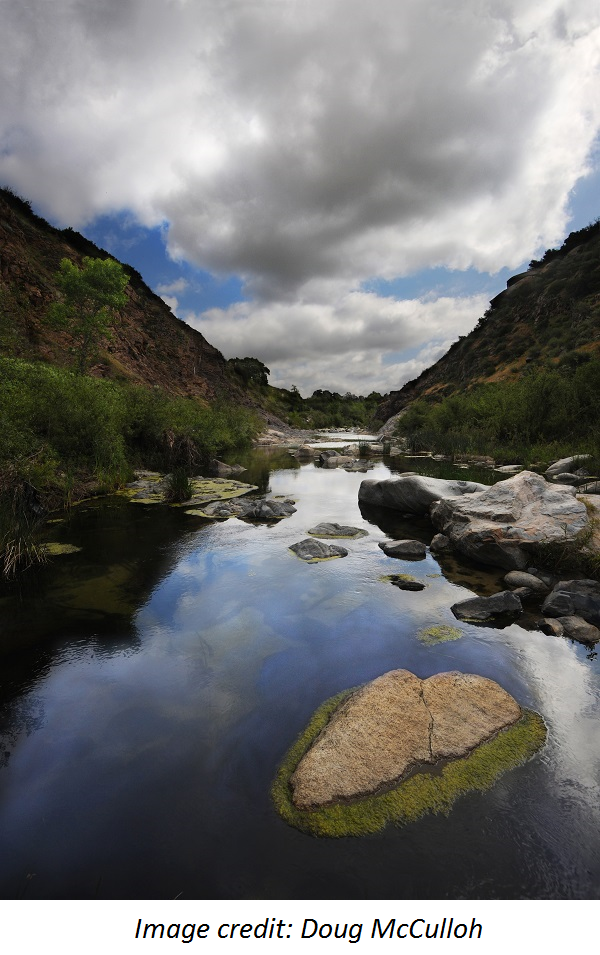 Our canyon and the Pechaa'anga Spring from which our tribal name was born is the source of who we are. This, and our valley and original lands have sustained the Pechanga People since the beginning of time. Our Creation Story teaches us that we have always been a part of this land, and it a part of us.
Our canyon and the Pechaa'anga Spring from which our tribal name was born is the source of who we are. This, and our valley and original lands have sustained the Pechanga People since the beginning of time. Our Creation Story teaches us that we have always been a part of this land, and it a part of us.
It is to this canyon that our beliefs, identity, language, songs, and history are inherently linked. We are tied to it and its inhabitants, and to our responsibilities to preserve it, as well as all other parts of our aboriginal homelands. These realizations, and our responsibilities are embedded in who we are.
The southern end of what is now known as Temecula Valley, California is the place that is our homeland. Within the canyon is the Pechanga's Great Oak, a cultural and ceremonial center for our people since time immemorial. Though due to incursions by Spaniards first, and others later, we lost legal title to the land of the Great Oak — today once again it resides on Pechanga land and is a center for Pechanga people.
In 1882 our sovereignty over our land base was affirmed by Presidential Executive Order. We had to overcome many struggles from the impacts of Spanish Missionaries in the 1700's and the eviction from our homelands brought about by the early state of California court ruling in the 1870's. In the 1990's the responsibility for the Great Oak and it's place in our canyon was returned to us with the help of native and non-native friends alike. Our place in the sun, and our place in the canyon was secured, never to be legislated away again.
There Is Life Here
The golden eagle, great horned owl, coyote, rattlesnake and deer all are a part of our canyon. They have always formed part of the balance of a land rich in natural beauty. The roots, leaves, flowers and fruit of the plant life have been the substance of what our ancestors used to shelter and nourish themselves, and are still important parts of Pechanga Culture.
The Cycle of The Canyon
Our canyon has a rhythm and a cycle to which we as Pechanga people have always been attuned. These natural cycles have informed the lessons we have learned. The changes of seasons have taught us about adaptability. The sustenance our land and its inhabitants have shared with us have taught us about the importance of conserving and protecting resources. The relationship of all things within the canyon contributes to our sense of community, and our sense of being rooted here, now and always.
Our elders have grown up here, and many of our youth to this day know the Canyon "like the back of their hands." The Canyon is one of our legacies.
Through times of drought, fire, or flood the canyon has persevered and revitalizes itself. So too have we, the Pechanga people.

